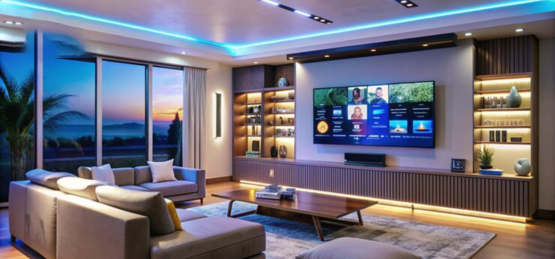
Outdoor lighting plays a vital role in enhancing the aesthetics, safety, and functionality of exterior spaces such as gardens, patios, driveways, and walkways. Modern outdoor lights come with advanced features that not only beautify the environment but also provide energy efficiency and weather resilience. This guide will explore various types of outdoor lighting, their installation, and the key technical terms to consider.
Types of Outdoor Lights
1.Floodlights are high-intensity, broad-beam lights that illuminate large areas such as parking lots, backyards, or driveways. These are ideal for security purposes and can be equipped with motion sensors to detect movement, saving energy and providing enhanced safety.
Pathway lights are low-level fixtures installed along walkways, driveways, and garden paths to guide pedestrians and add to the landscape's visual appeal. These lights are usually solar-powered or low-voltage (12V or 24V).
Spotlights are used to highlight specific features such as architectural details, trees, or statues. They offer a narrow beam angle to focus on a particular area and are generally adjustable.
In-ground or recessed lights are installed flush with the ground to create a subtle, sleek look. They are often used in driveways, around pool decks, or as uplights for trees and walls.
Lumens measure the total amount of visible light emitted by a light source. The higher the lumens, the brighter the light. For outdoor lighting, floodlights typically offer higher lumens, while decorative string lights or pathway lights provide softer illumination.
Measured in Kelvin (K), color temperature determines the color of light emitted. Warm lights, with a color temperature around 2700K to 3000K, are ideal for creating a cozy ambiance. Cool lights, at around 4000K to 5000K, are better suited for task lighting and security purposes.
The IP rating indicates how well an outdoor light is protected against solid objects (like dust) and liquids (like rain). Common ratings for outdoor lights include:
Wattage measures the amount of energy a light uses. LED lights are highly energy-efficient, consuming less wattage while producing more light. For instance, a 10W LED floodlight can produce as much light as a traditional 100W halogen light, saving energy without compromising brightness.
The beam angle refers to the width of the light spread. A narrow beam angle, such as 15°, is perfect for highlighting specific features, while a wider beam angle, like 120°, is suitable for general area lighting.
The CRI measures the accuracy of a light source in rendering colors. Outdoor lighting with a
CRI of 80 or above
is recommended for areas where color accuracy is important, such as garden lighting to enhance the natural colors of plants.
